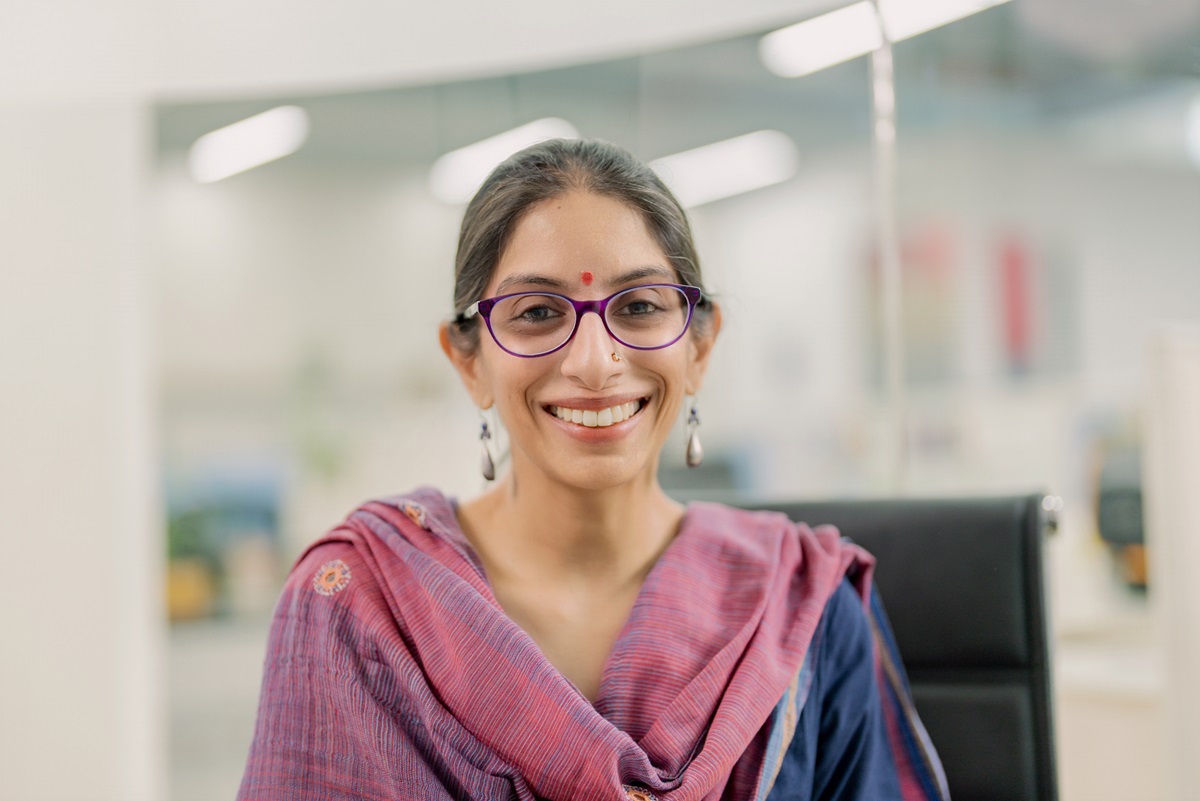By: Arundati Muralidharan (Co-Founder, Menstrual Health Action for Impact; 2024 India Leadership Journey Cohort Member)
Menopause. A deeply personal transition, a billion-dollar healthcare market opportunity, and a grossly neglected public health issue.
Menopause marks the natural end of a woman’s reproductive years, when menstruation ceases. Today, women are living longer and leading active, productive lives post-menopause. In India, a woman may live up to one-third of her life after menopause, making this phase a critical part of her health journey. Yet, it remains shrouded in silence and neglect. It’s time to shine a light on menopause in India. Here’s why:
The Numbers We Can’t Ignore
India has an estimated 393 million menstruating individuals, all of whom will experience menopause. As of the 2011 census, approximately 73 million Indian women were between the ages of 45-60, meaning they were either in or approaching menopause. With numbers like these, menopause is more than a phase—it’s a public health imperative.
The Risks and Realities of Menopause
A woman reaches menopause when she has gone 12 consecutive months without a period. But the lead-up, known as perimenopause, can last months or even years. Menopause and perimenopause come with hormonal fluctuations, changes in menstrual cycles, hot flashes, weight gain, sleep issues, mental health struggles, and more.
The impact on daily life varies—some women breeze through with minimal discomfort, while others face major disruptions to their quality of life. Sadly, few receive the support they need to manage their health and wellbeing during this time.
As estrogen levels drop post-menopause, women become more susceptible to serious health risks like cardiovascular disease, reduced bone density, and osteoporosis. Indian women, on average, experience menopause earlier than women in many other countries, at around 46.6 years. Factors like lower socioeconomic status, low education levels, and hysterectomies contribute to early and premature menopause, compounding their risk for chronic health issues.
The Risk of Early Menopause Due to Hysterectomies
Hysterectomies, the surgical removal of the uterus, often lead to early menopause, particularly when the ovaries are also removed. While necessary for serious health conditions, the long-term effects of these procedures are rarely explained to women beforehand. Alarmingly, some Indian women undergo hysterectomies at the young age of 34.6 years, forcing them into early menopause and elevating their health risks for chronic conditions.
Women, Work, and Menopause: An Untold Story
We know little about how women navigate menopause in the workplace, particularly in physically demanding jobs like agriculture, brick kilns or construction. Menopause is likely the least of their concerns, yet it can deeply affect their health and ability to work. In Maharashtra, a state in western India, for instance, many female sugarcane workers undergo hysterectomies to avoid menstruation issues, unknowingly pushing themselves into early menopause. These women are often left unsupported, both in terms of healthcare and awareness.
Even in formal workplaces, where women make up 27% of leadership positions, menopause-related health challenges remain unspoken and unaddressed.
The Healthcare System’s Blind Spot
In India, women’s health has largely been addressed through the lens of reproductive health—family planning, safe motherhood, and recently, cancer screenings for breast and cervical cancers. Yet, menopause, with its ties to non-communicable diseases (NCDs) like diabetes, hypertension, osteoporosis and cardiovascular disease, is largely ignored.
The Government of India’s Ayushman Bharat scheme (India’s flagship national-level insurance scheme to expand access to healthcare) and its Health and Wellness Centres are tackling these NCDs, but menopause care remains missing from the agenda. FemTech, or health technology designed for women, offers potential solutions, but their reach is often limited to urban areas, leaving rural women and women from low-income communities far behind.
Where Do We Go From Here?
We need to:
- Break the silence around menopause. Women, healthcare providers, and the public must be educated about the menopause transition, and its associated health risks and management.
- Collect and share data. Large-scale surveys like the National Family Health Survey should examine trends and determinants of menopause to inform public health actions. Simultaneously, qualitative studies and participatory methods are needed to share women’s voices and their lived experiences of menopause.
- Strengthen healthcare services. Menopause care should be integrated into existing health programs related to reproductive health, NCDs, and cancer screenings.
- Collaborate and innovate. Governments, healthcare providers, and innovators must work together to advance menopause care and ensure it is accessible to all women.
Menopause is a natural phase in a woman’s life, but it cannot be a blind spot in our healthcare system. By raising awareness, collecting data, hearing voices and lived experiences, and strengthening healthcare services, we can ensure that Indian women, no matter where they live or work, receive the care and support they deserve during this crucial transition.
WomenLift Health’s flagship India Leadership Journey is a leadership development experience designed to enhance the power and influence of emerging women leaders tackling complex public health challenges in the country. We are currently accepting applications for the forthcoming 2025 India Leadership Journey until October 25, 2024.


